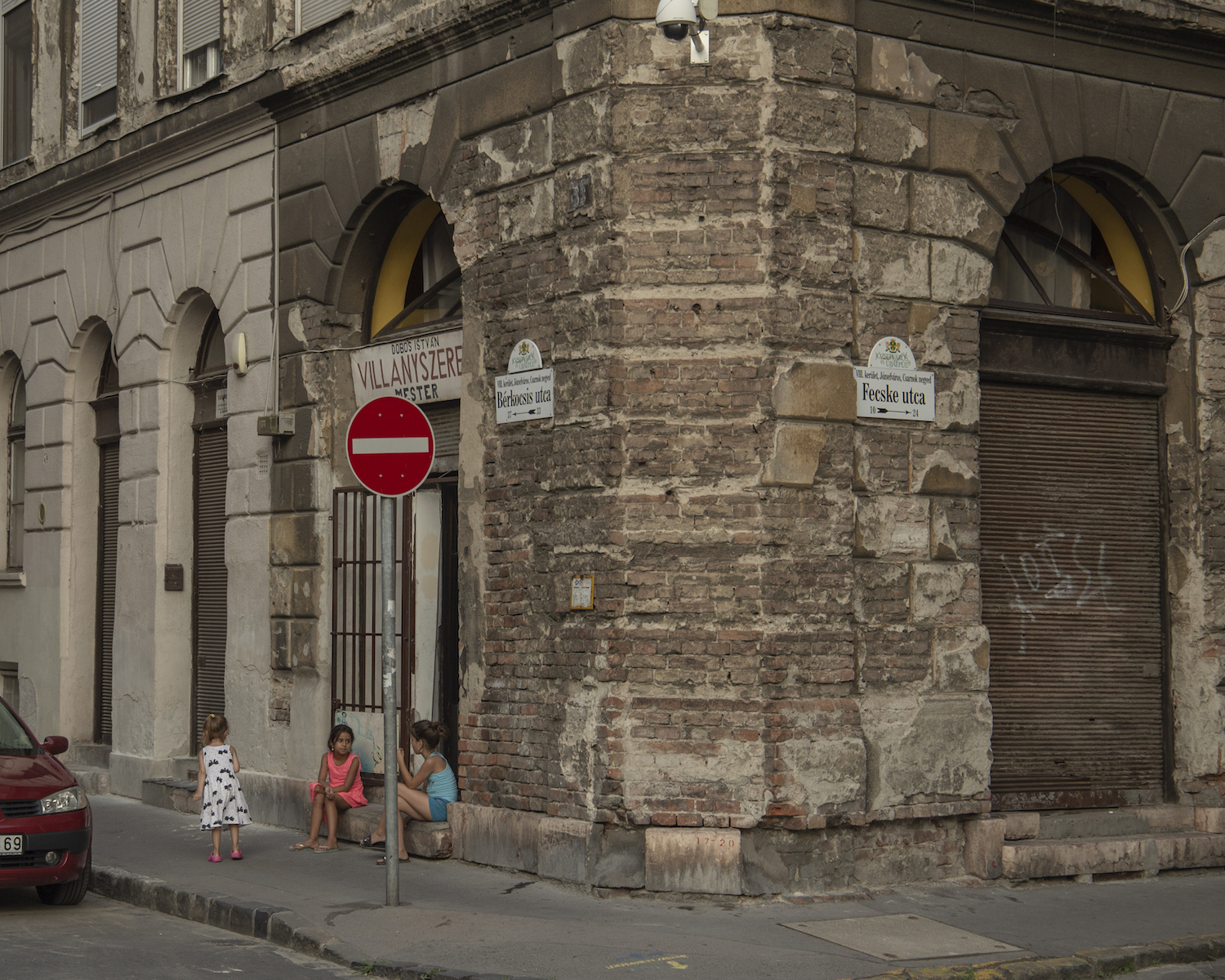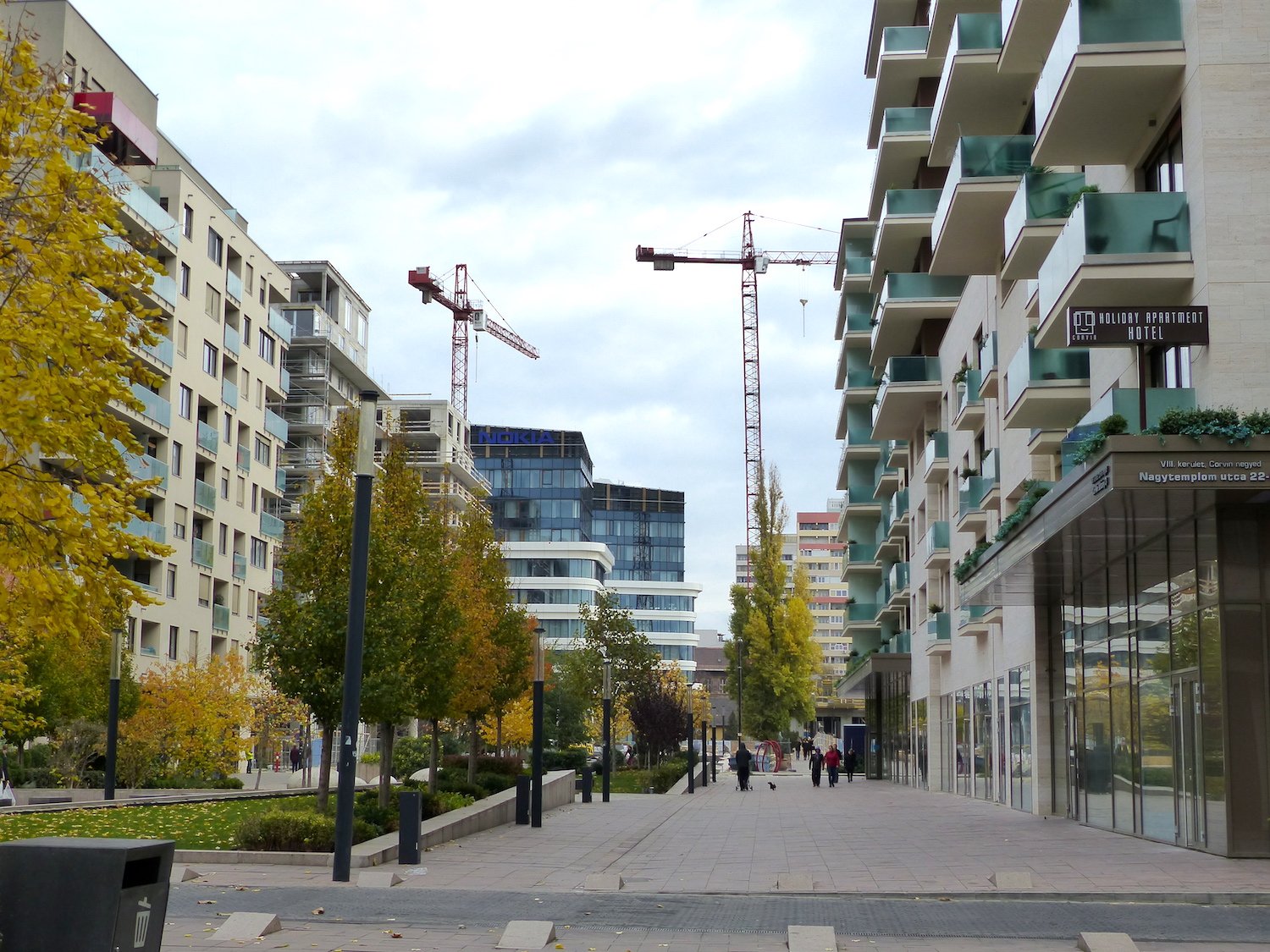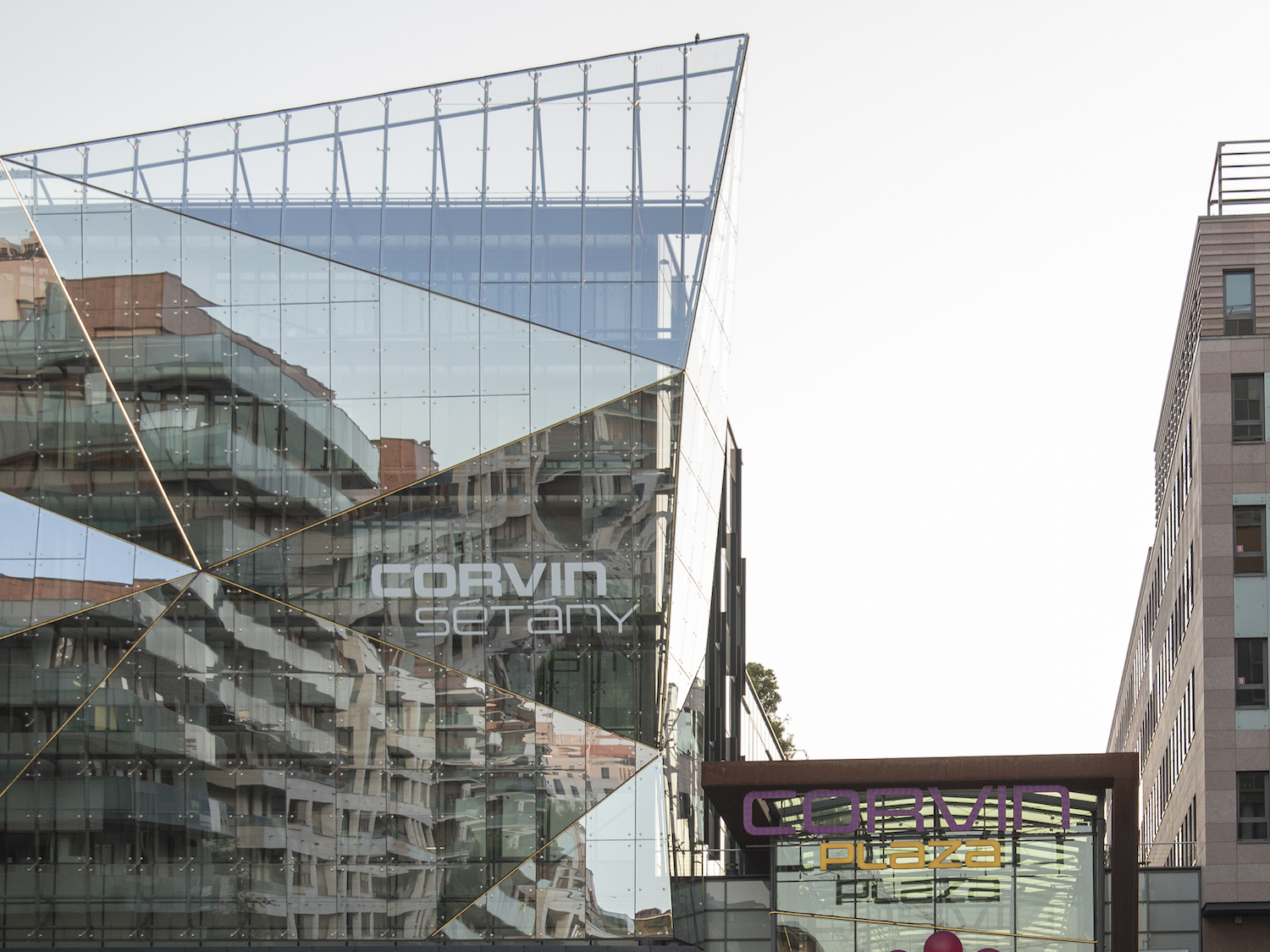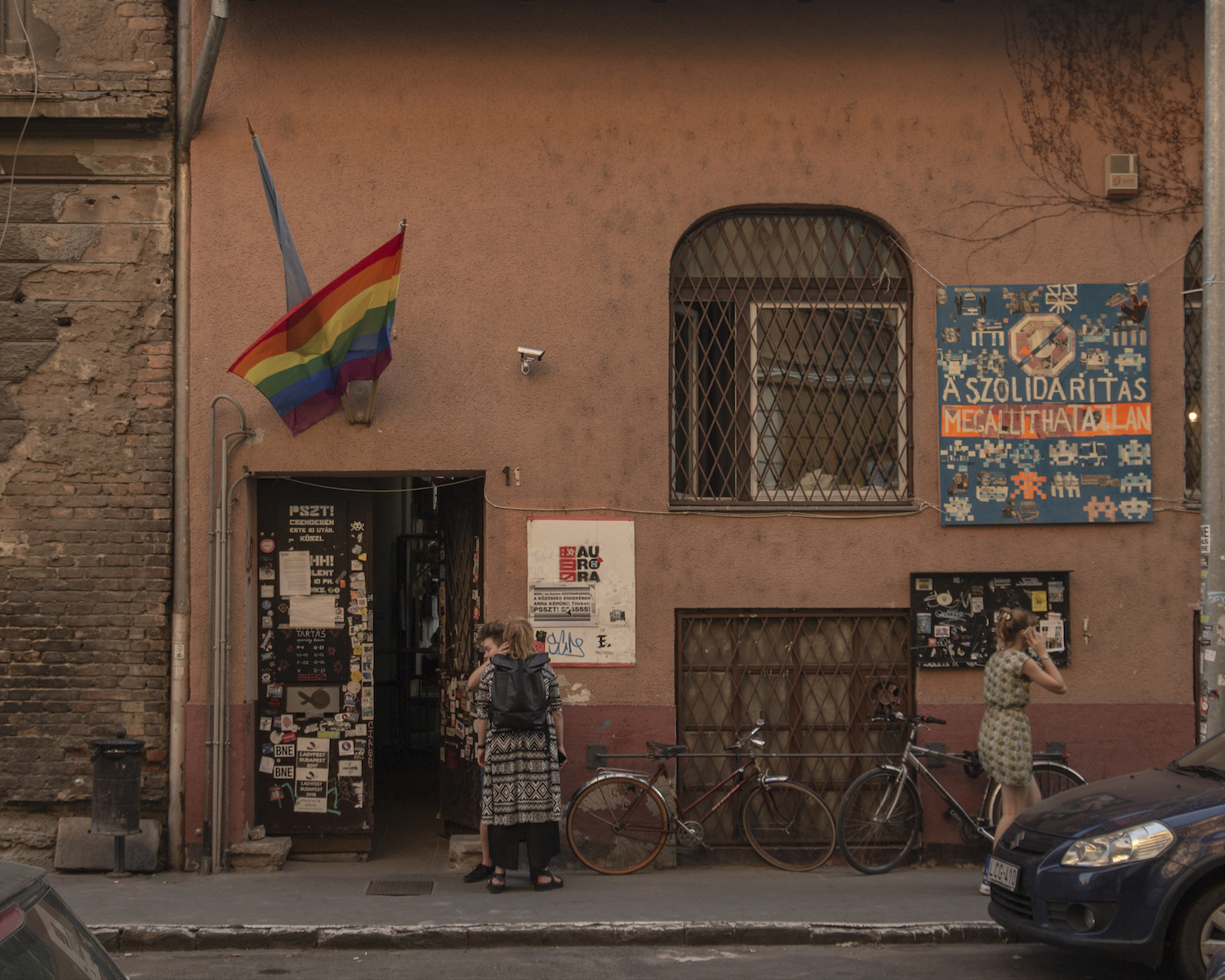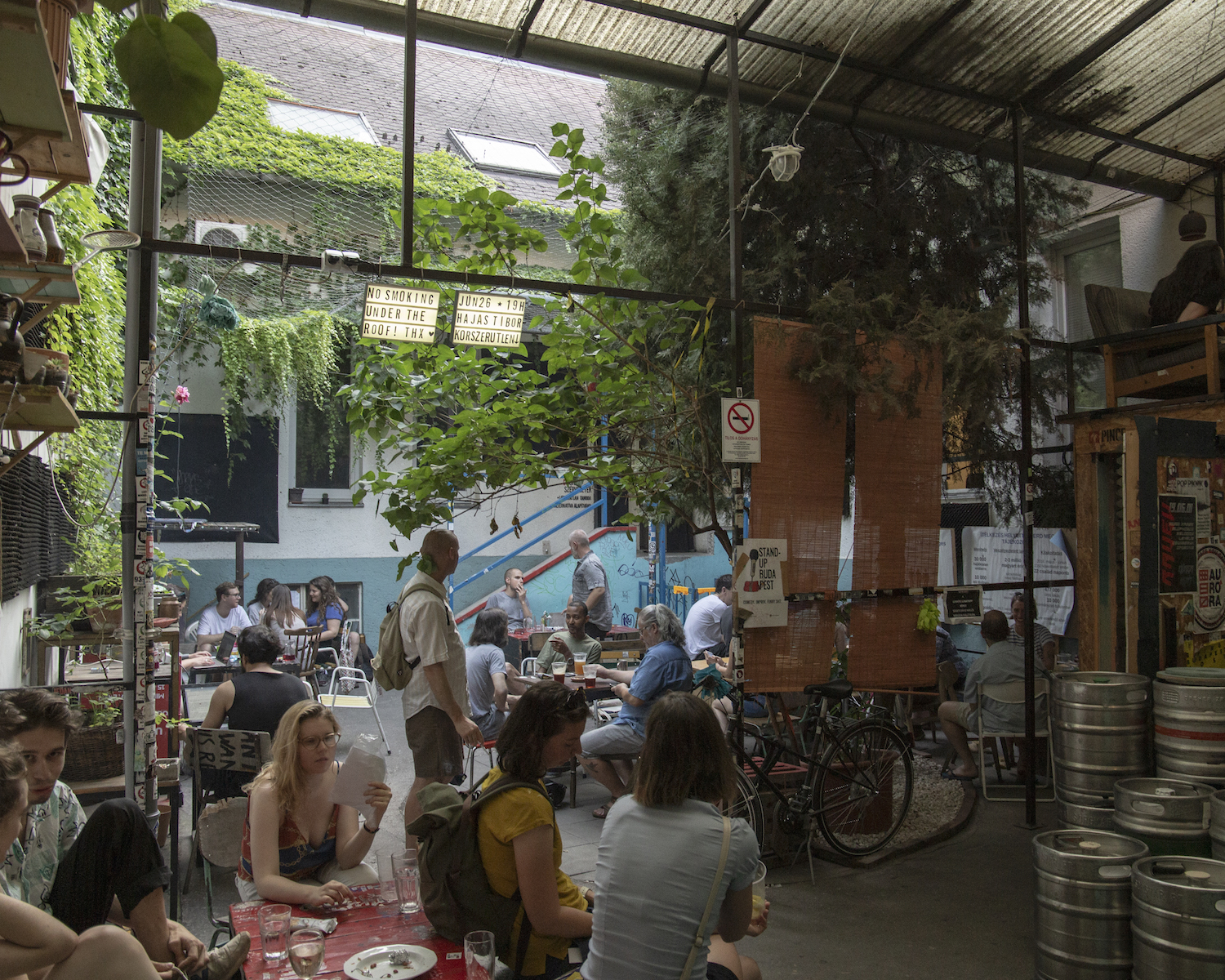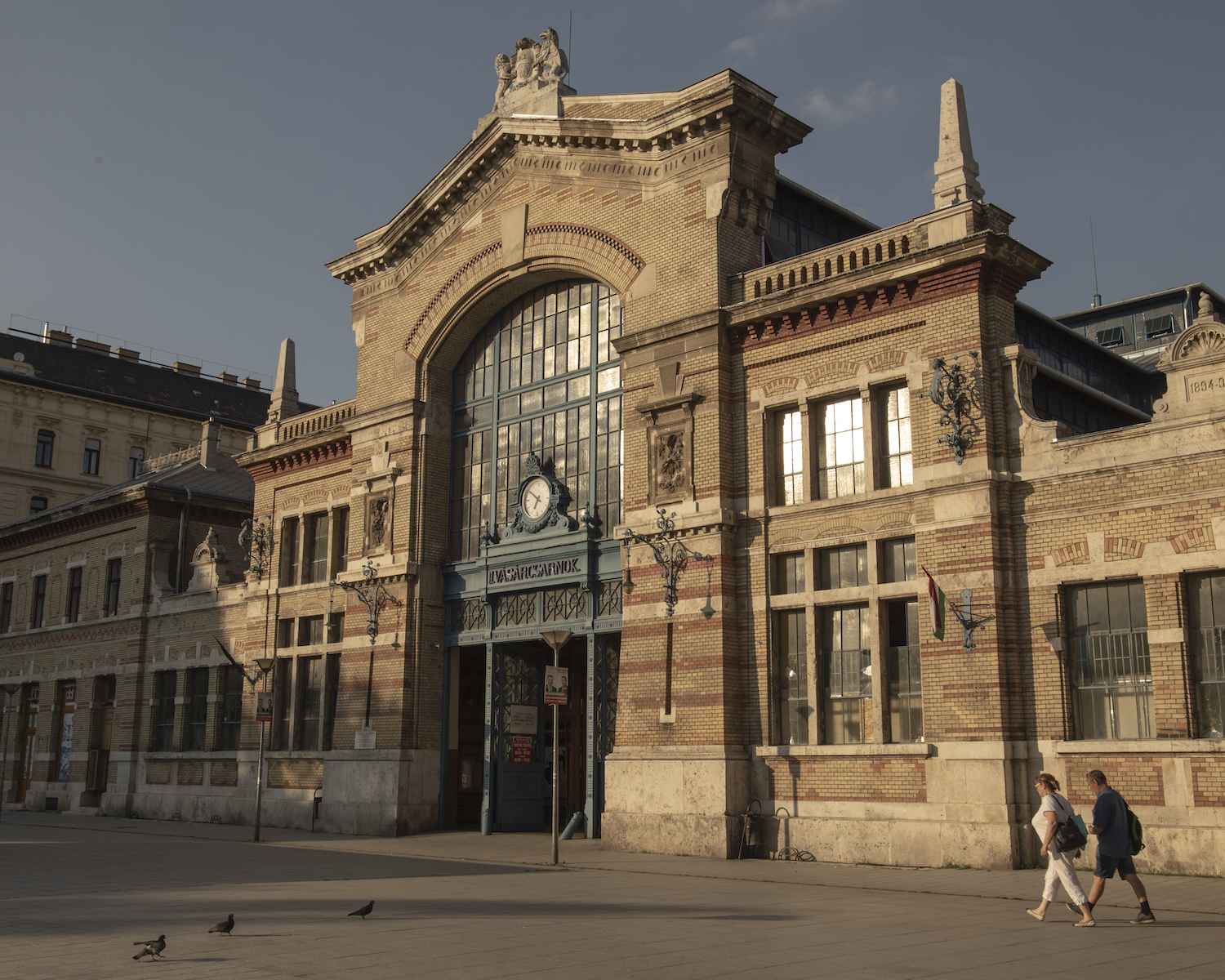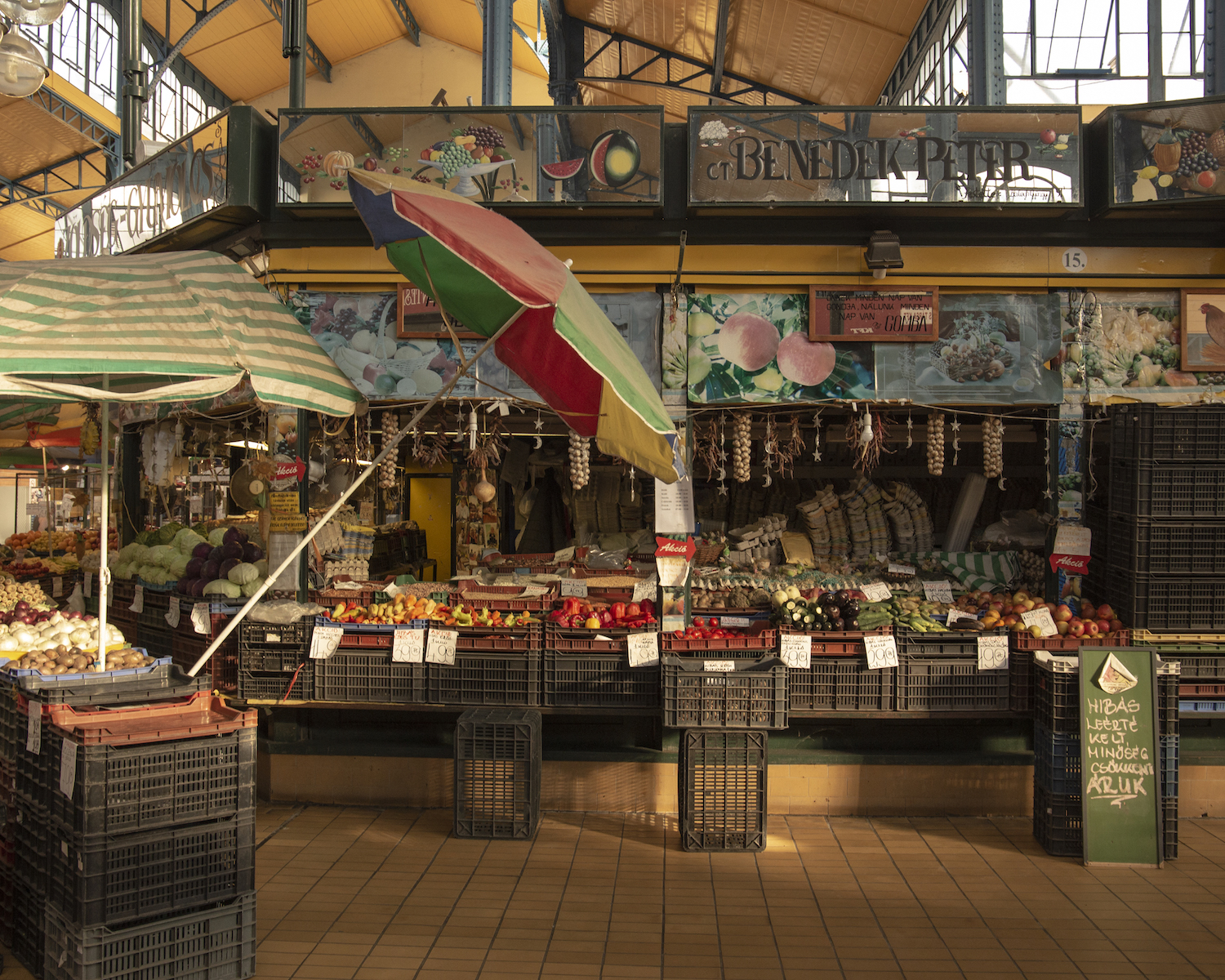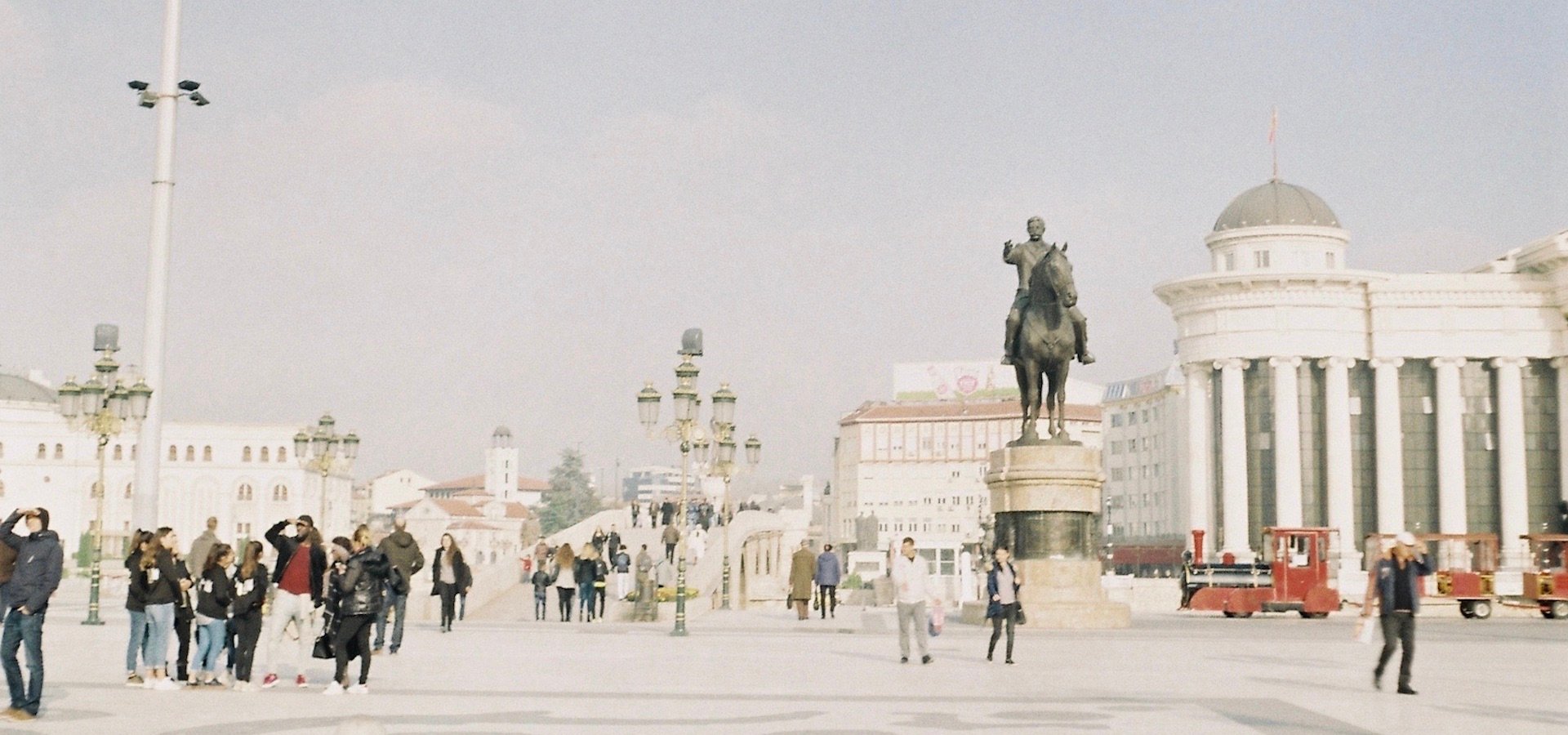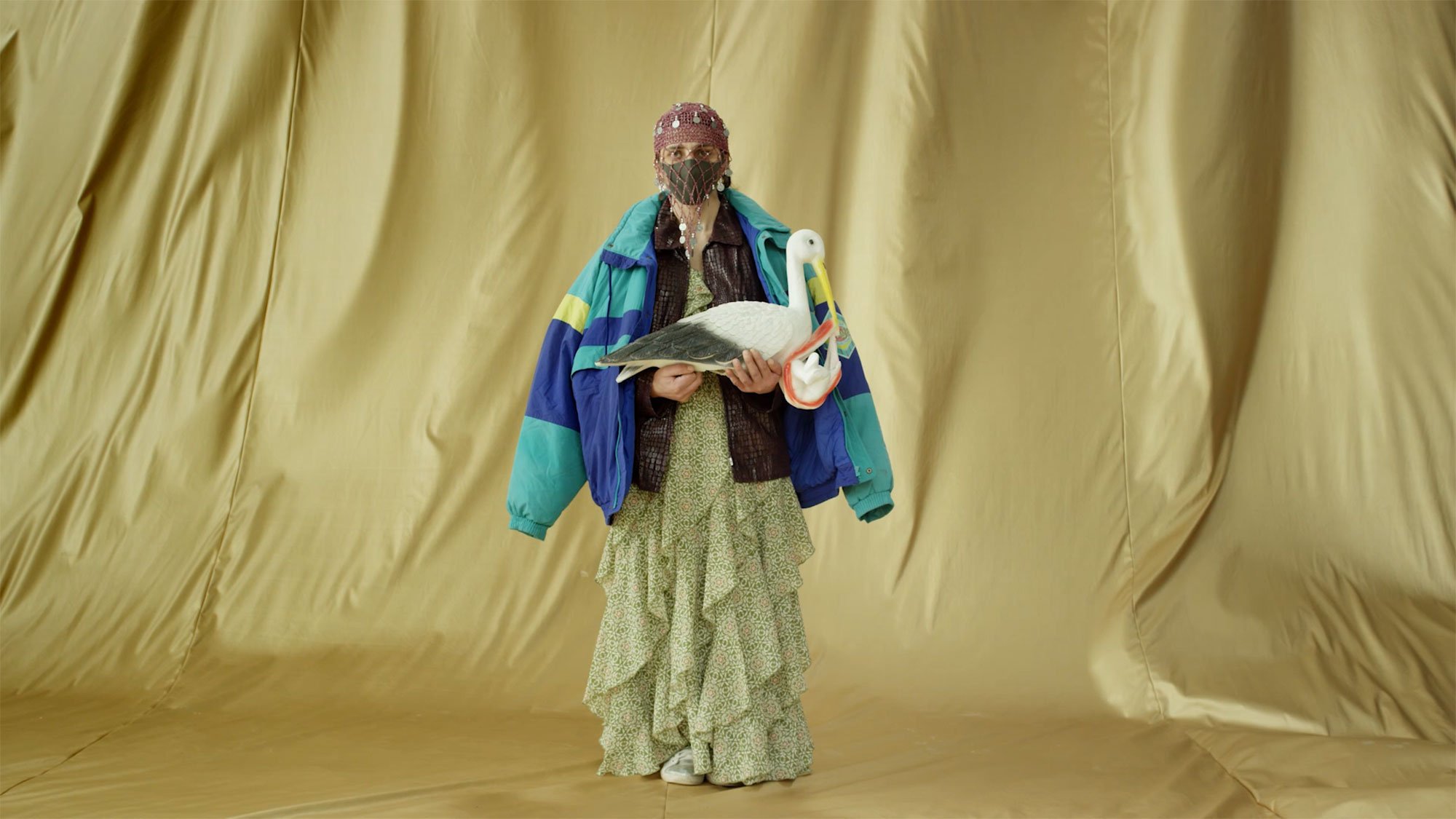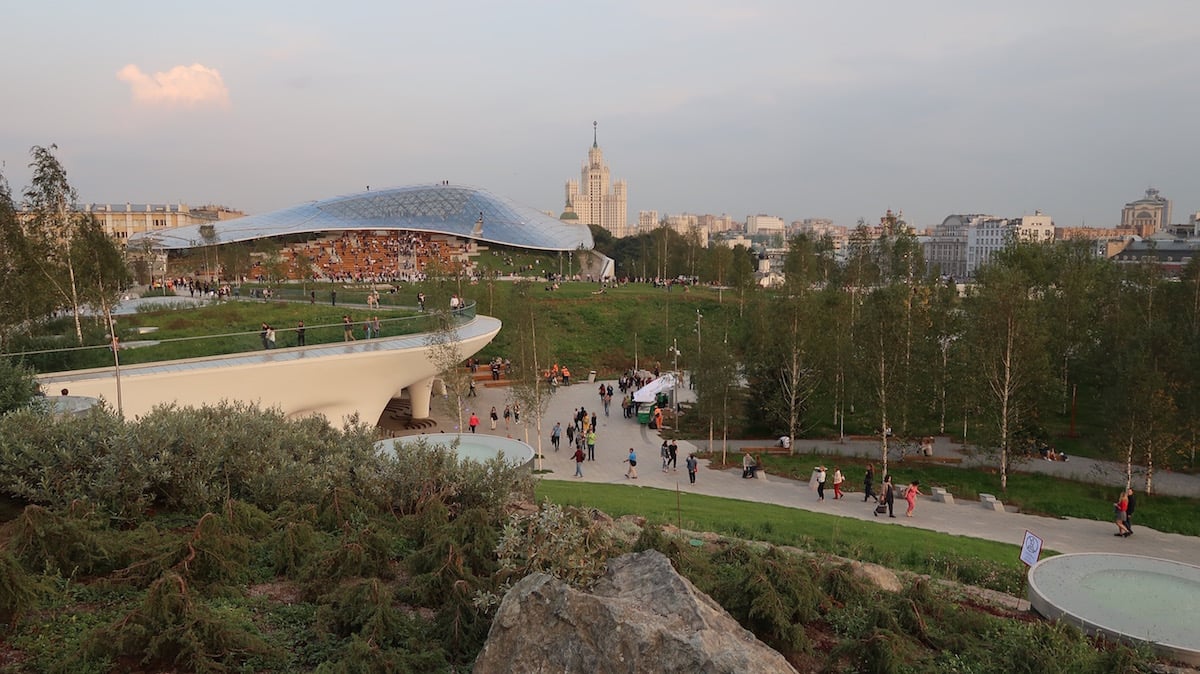In Budapest’s offbeat 8th district, gentrification and political pressure go hand in hand
Once known as the city’s scuzzy red-light district, Józsefváros is now a playground for developers and an urban laboratory for Fidesz’s crackdowns on community organising
Gentrification has been a buzzword and a bogeyman in urbanism for decades now, a globalised phenomenon that has proved endlessly adaptable to different political climates. The go-to case studies — Berlin, Brooklyn, San Francisco — may tend to be outposts of self-proclaimed “liberal values”, but the process is more malleable than that. In troubled times, we should be asking: what does gentrification look like in a determinedly illiberal state? One such example is contemporary Hungary.
Budapest is the seat of power for Prime Minister Viktor Orbán and his far-right Fidesz party, but it’s also where opposition is concentrated. While Fidesz was the capital’s most supported party in 2018’s parliamentary elections, its party list received only 38 per cent of votes there. Like Paris and its arrondissements, Budapest is divided into 23 “districts”, each with its own elected council and mayor (17 of these mayors are Fidesz). In recent years, Józsefváros, the 8th district, has become something of an urban laboratory for what we might call gentrification with Orbánist characteristics, with civic-minded NGOs, outright dissidents, and precarious residents fighting for space amidst large-scale development, rising rents, and demographic change.
What matters here are not the differences between gentrification in Budapest and, say, London, but the similarities. Developers and politicians may tend to be more openly cozy in the post-socialist world than in Western Europe, but subtlety is not the same as innocence. When it comes to urbanism, how far removed are we, really, from the excesses of Orbánism? With that in mind, what can it teach us?
Józsefváros is in the eastern part of central Budapest, bordered to the north by the city break and stag do alleyways of the boisterous 7th district, and roughly bisected north to south by the Grand Boulevard strip. It has had a Fidesz mayor since 2009, with incumbent Sára Botond taking over from Máté Kocsis in 2018. To the east of the Boulevard are a network of largely 19th-century streets, historically home to tradesmen, workshops, and small industry, that gave the 8th its post-war reputation as Budapest’s scuzzy underbelly.
As its 19th-century tenements steadily succumbed to lack of maintenance, the 1960s and 70s saw an influx of economically disadvantaged workers, including a relatively high proportion of Roma families. In the post-communist 90s, the area became Budapest’s unofficial red-light district. (Anti-sex worker prejudice and anti-Roma racism have contributed greatly to the 8th’s less-than-flattering reputation.) Despite the privatisation boom of the mid-90s, the share of public housing in the district remained high — around 30 per cent, compared with an average of 8.5 in the city as a whole.
Józsefváros offers developers some of the most central properties available in Budapest — properties that are already run-down and, like their mostly poor residents, unlikely to be missed
Budapest’s district system was introduced in the 1990s as an act of political decentralisation. District councils depend heavily on input from the municipal authorities to stay afloat, but the amount of money they receive from the central city budget has decreased consistently for years. The 7th has long been evacuated of locals, whose flats have become Airbnb rentals, and many of its buildings are listed, meaning they cannot be redeveloped. As a result, the 8th offers would-be developers some of the most central properties available in Budapest — properties that are already run-down and, like their mostly poor residents, unlikely to be missed.
Small-scale destructions, often of turn-of-the-century art deco and nouveau blocks, have been underway for years; the district’s streets are pockmarked by empty spaces where residential flats once sat, waiting to be filled with office units. It’s in the south-west of the district, though, that the 8th’s value to developers is laid bare, in the massive upheaval of the Corvin-Szigony Project.
Corvin-Szigony is the self-declared “largest city centre regeneration project” in Central Europe: a 22-hectare strip of new office, retail, and residential blocks, culminating in a mall, cinema, and casino complex. Running through the centre of the development is “Corvin Promenade”, an 800-metre pedestrianised street planted with saplings. I walked through the project with Shawn Bodden, a geographer at the University of Edinburgh working on and with community spaces in the 8th. He pointed out the new Nokia headquarters at the west end of the Promenade. The ugly office block looms over the rickety old single-storey that has housed Gólya — one of the 8th’s thriving underground venues — for several years. Housed in what has become an untenably valuable piece of real estate, the team at Gólya have recently been forced to sell up and move out. The visual symbolism of these side-by-side buildings is stark.
This corner of the district, bordered by the Grand Boulevard, universities, and a hospital, has long been prime real estate. As luck would have it, it was also the site of some of the 8th’s most “problematic” housing. According to researchers, at the turn of the millennium, between 40 and 60 per cent of flats in the area lacked hot water or separate bathrooms; in 2003, nearly 40 per cent was still in public ownership, with comparatively high numbers of Roma residents as well as unemployment levels above city averages.
Since at least the mid-90s, the local mayoralty had been searching for a way to transform the neighbourhood. A public for-profit company jointly owned by the district and the city, Rév8, was founded in 1997 to push through a massive “Integrated Urban Rehabilitation Project” now almost 20 years in the making. (Progress was delayed when the company originally awarded the tender was declared bankrupt in 2003 and its managing director charged with fraud totalling $1.7 million.) The results mirror those of similar “regeneration” missions the world over: of the 1,100 housing units demolished as part of Corvin-Szigony, 74 per cent were publicly owned; 500 households were “delocalised” (a classic gentrification euphemism), with reports that the financial compensation offered was too low to cover the purchase of a flat anywhere in Budapest, let alone the revamped neighbourhood itself. As Bodden points out, in a place like this, it’s hard to tell where financial incentive ends and electioneering begins for a developer-friendly party like Fidesz.
This kind of social decanting is the hallmark of urban regeneration — something often bemoaned by well-meaning onlookers. The 8th, though, offers the spectacle of a municipal authority loudly and openly gunning for its most vulnerable residents: the local expression of a national agenda. To get a sense of how both Máté Kocsis and Sára Botond have towed the party line, we need only look at their treatment of the homeless. Orbán’s first interior ministry attempted in 2010 to make it easier for the city authorities to remove homeless people from the streets; in 2011, Kocsis passed decrees forcing homeless people in the 8th into unsanitary shelters. Since Orbán’s government introduced a constitutional amendment that effectively criminalised rough sleeping last year, Botond has fixated on homelessness, drumming up fears of a public health risk and going on television in January to warn that “people from foreign countries” were breaking into “attics, cellars, and cars” in the 8th to set up illicit residence.
Rounding up the homeless and replacing social housing stock with flash condos changes the make-up of the district. Community spirit is perhaps harder to root out. This is where a willingness to lean on the levers of local power comes in useful. Establishments that explicitly aim to foster political solidarity are particularly prone.
Auróra is a community house, bar, and concert venue that houses the offices of 12 NGOs working on LGBTQ, housing, and immigration rights; it also provides space for more than 120 other organisations, hosting meetings, lectures, and workshops. The base for the mayoral campaign of an independent candidate in the 8th, András Piako, is also located here. It has been the target of a sustained bureaucratic assault from the district authorities for several years. “They tried to shut us down several times before, but the process took too long,” Zsuzsa Mekler, a co-ordinator at the space, tells me. “So, they use licensing.”
The space was shut down for four months in 2018 after what Auróra described as a “minor amount of marijuana” was found during a police raid on a concert. The Metropolitan Administration Court ultimately ruled in March this year that the venue had to close its bar at 10pm, in line with legislation introduced by Kocsis in 2017 — a decision that Auróra describes as “conspicuously biased”, in line with the increasing politicisation of the courts under Fidesz. The loss of revenue that this represented could be terminal. Mekler points out that local (and national) health inspectors have since visited Auróra on a number of occasions, as have police officers: “These inspections don’t happen at other places.”
Auróra is unquestionably in the crosshairs thanks to its political engagement. While local government may need to pursue them through bureaucratic channels, Fidesz’s outriders in the media and far-right street groups are freer to be more upfront about their objections. Auróra was founded by a Jewish NGO, Marom; since March’s ruling, pro-government media has intensified its attacks on the space as “the Hungarian headquarters of George Soros”, in line with Orbán’s ongoing antisemitic campaign against the supposed malign influence of the Hungarian-American philanthropist and billionaire.
“Everyone knows that most of the developers in this country are either neutral or pro-Fidesz. And there is a lot of money to be had in rebuilding the district”
The community house has also become a target for persistent harassment and intimidation from neo-fascists. Last month, Mi Hazánk (“Our Country”), a splinter group from the far-right Jobbik party, plastered the venue’s doors with “STOP HOMOSEXUAL PROPAGANDA” stickers. In February, anti-fascist activists had to intervene to prevent a far-right provocateur from entering the venue to harass NGO organisers. And last year, György Budaházy, a notorious nationalist media personality recently sentenced to 13 years in prison for terrorism, targeted attendees of a Budapest Pride event. “Of course, none of these people have any direct ties to the governing party, but their activities are limited to instilling fear in civil society,” Péter Susánszky, Auróra’s head of communications, tells me. “I think they are a very important covert tool of oppression by the government.”
In the 8th, though, survival is increasingly difficult even for those without openly dissident politics. Both Mekler and Susánszky point out that Auróra’s difficulties reflect the broader situation in the district, where the more nebulous market forces of gentrification are squeezing independent cultural life in a way that just so happens to align with Fidesz’s agenda. “I really loved the area [when we moved here], because there were lots of small places for African and Roma communities, and they were visible on the street,” Mekler says. “But for years now, the police are on the streets every evening, going for people, trying to make them go away.” Auróra’s rents have doubled in the last few years, and rising costs have already seen a number of the bars and venues that incubated the 8th’s countercultural spirit forced to relocate or close for good: Müszi, Kék Ló, Gólya.
“These were places that didn’t have any political activities, but they were cool places for young people to hang out, maybe exchange their thoughts,” Mekler continues. “That’s the thing. They want people to stay at home and not talk to each other.” Susánszky concurs: “Everyone knows that most of the developers in this country are either neutral or pro-Fidesz. And there is a lot of money to be had in rebuilding the district. Plus, if you replace grassroots, independent bars with chains, [those spaces] aren’t going to let organising happen [on their premises]. It’s a positive for them on both counts.”
A Mindspace-organised community event in the market in December 2018. Image: Mindspace/Facebook
Susánszky’s argument is backed up by the story of Mindspace, a “social innovation” NGO based in the more upmarket Palace Quarter of the 8th. Last year, Mindspace began organising community-oriented “place-making” initiatives on Rákóczi tér, a square in the centre of the district that was a hub for sex workers in the 90s. The square houses an old market hall which had become neglected as shoppers turned to nearby supermarkets. Mindspace organised weekly community breakfasts catered by market vendors, opened an office where locals could work, and ran a community plant sale. Then they were shut down by city authorities.
Vera Vida, an administrator at Mindspace who worked extensively on the scheme, tells me that the group had good relations with the market management. The NGO is pointedly “non-political” in its approach. “To fight against gentrification is naïve,” she says. “You can’t stop Starbucks from coming in and serving matcha lattes. But you can moderate it. If we rent a space in the area first, we can control part of this [process].”
So why the backlash? Vida’s explanation echoes Mekler’s and Susánszky’s — simply providing a space for open conversation is now seen as undesirable; rather than waiting for market forces to force Mindspace out, city authorities moved heavy-handedly against the group. (The decision was taken not by the 8th’s mayoralty, but by the city-wide body that administers Budapest’s markets.) In doing so, they ended up politicising a non-political organisation: repression as self-fulfilling prophecy. “The administration didn’t give us any reason whatsoever [for their actions],” Vida notes. “But they told the media that the decision was taken because we created a space that could be used to discuss politics. Everything that’s not dangerous is seen as dangerous now. We’re in deep shit in Budapest.”
Gentrification, which never happens without political will, disrupts community as a matter of course. In a political climate where the very notion of community is increasingly seen as a threat, the always-blurred lines between commercial and political interest become indistinguishable. Where all this ends up is uncertain, but the signs are not good. Upcoming local elections are unlikely to unseat Fidesz in the 8th. If reports are to be believed, Fidesz is planning to shift power from district mayoralties to the city’s General Assembly anyway, in a bid to centralise power further away from Budapest voters who cannot be sufficiently trusted to stick with Orbán.
In the short term, Auróra is concentrating on fundraising and looking to open up branches outside of the capital. If there is hope, it may lie in the fact that the government doesn’t just dislike the idea of “community” — it fundamentally cannot understand what it means in a place like the 8th. “I think what the government fails to see is that the space is much more than a bar; it’s also a community which is always evolving to confront, resist, and frankly survive the government’s oppression,” Shawn Bodden notes. “If this one is closed, they’ll stay together, but they’ll work in a different way; maybe some people will go, and others will join.”
The fact remains, though, that Auróra — like Mindspace, like migrant and Roma residents, like the homeless — are up against it, and a blow against one is a blow against all. “If Auróra is closed, I don’t think it will just be the organisations based in the building that suffer,” Bodden concludes. “[What’s happening in the 8th] is a kind of spatial censorship, where the government is claiming the right to decide what kind of spaces count as ‘OK’. That’s not so uncommon in and of itself, since zoning laws exercise this kind of power too, but here we find that what makes a space ‘not okay’ is essentially that it doesn’t support the government.” Activists and concerned citizens outside Hungary would do well to pay attention to Budapest’s 8th — a test case for illiberal gentrification in action.
Text: Samuel Goff
Top image: habeebee under a CC licence

